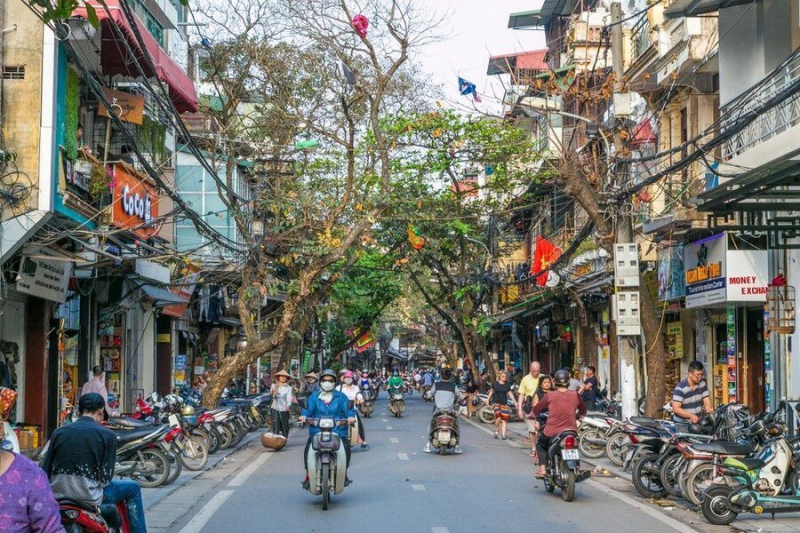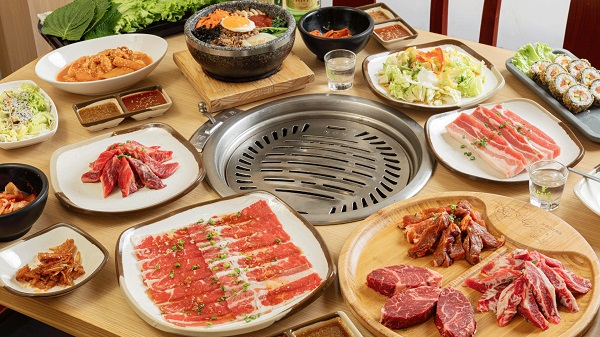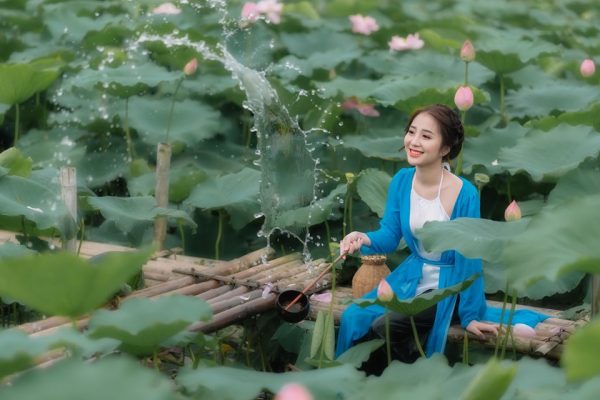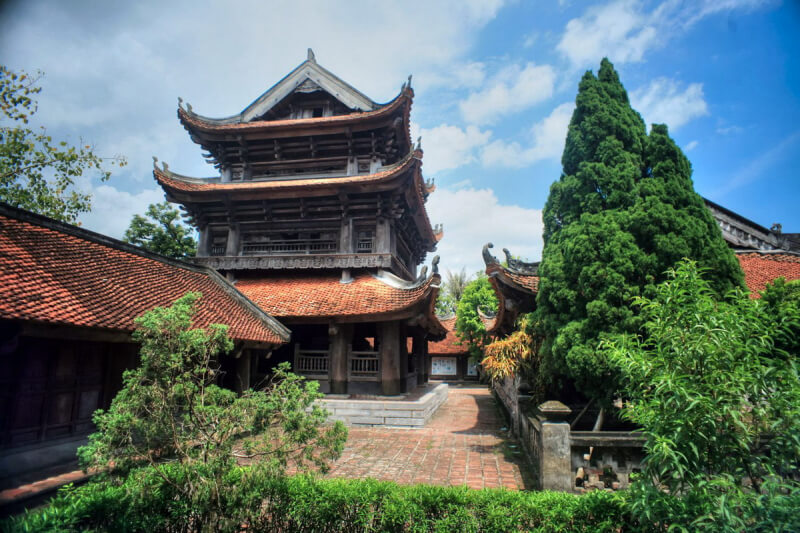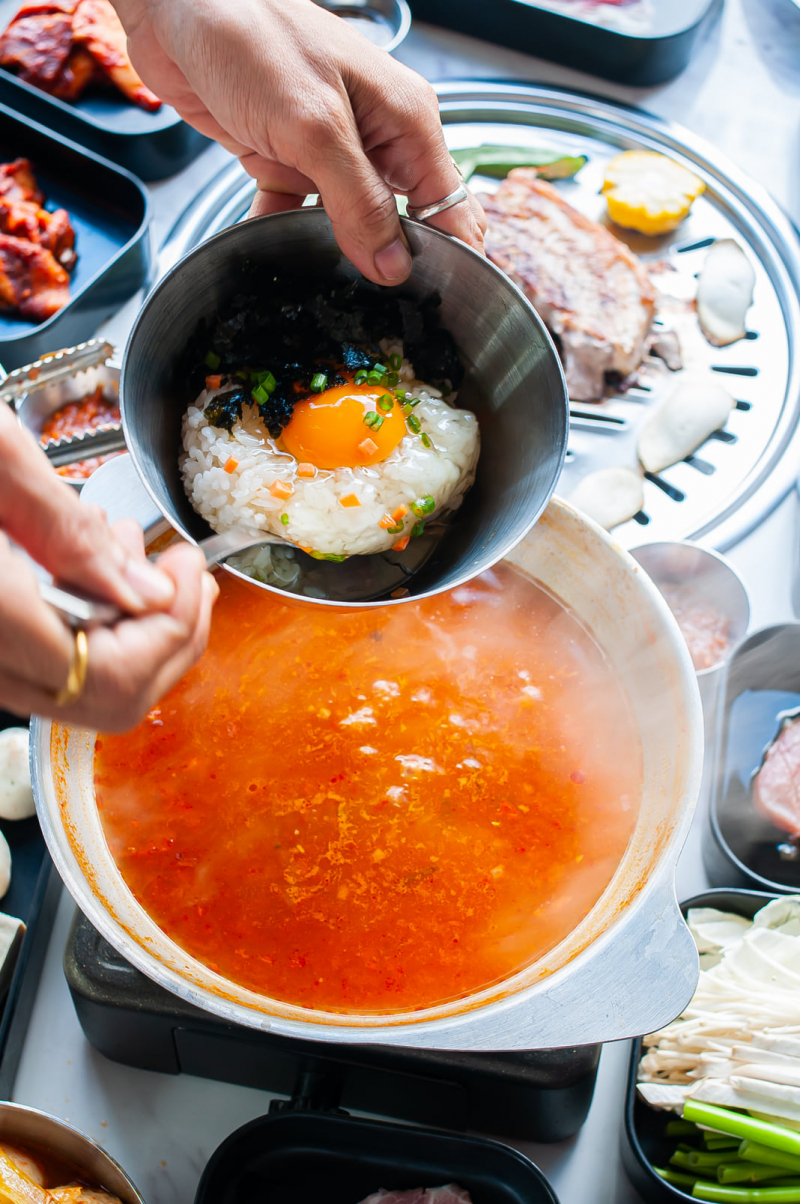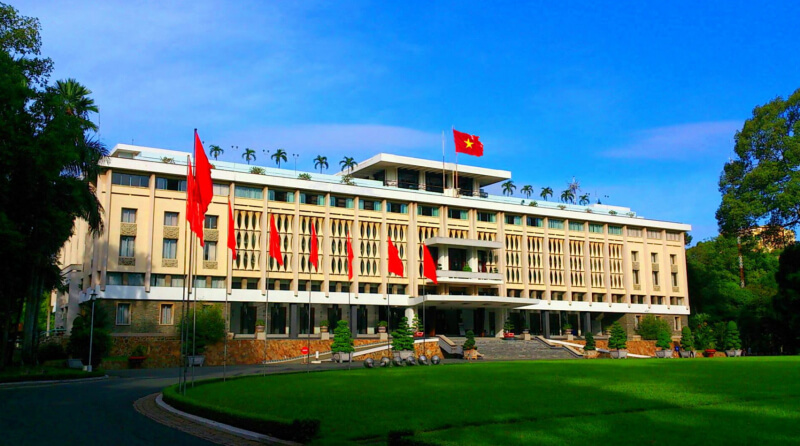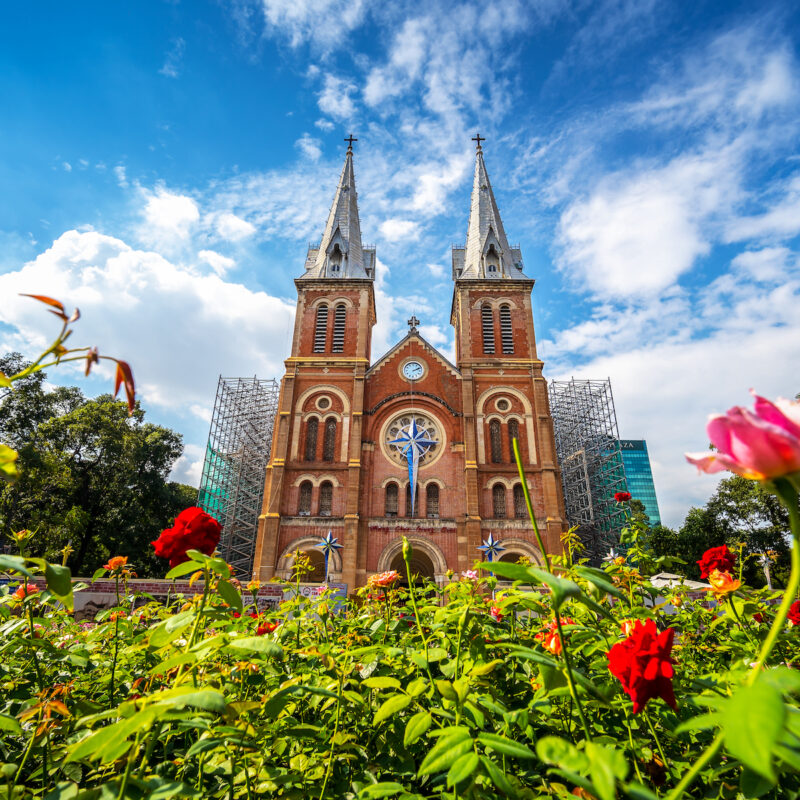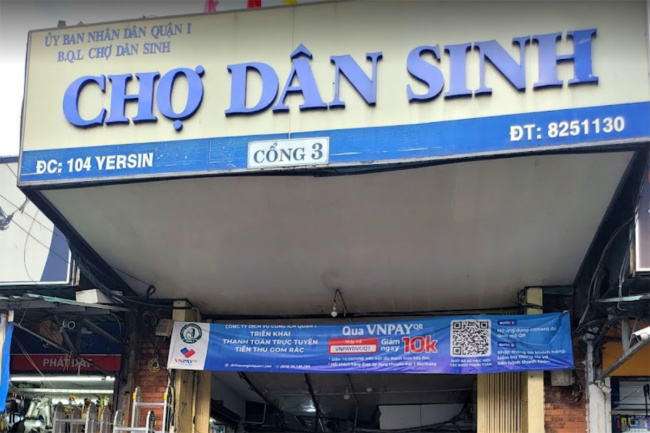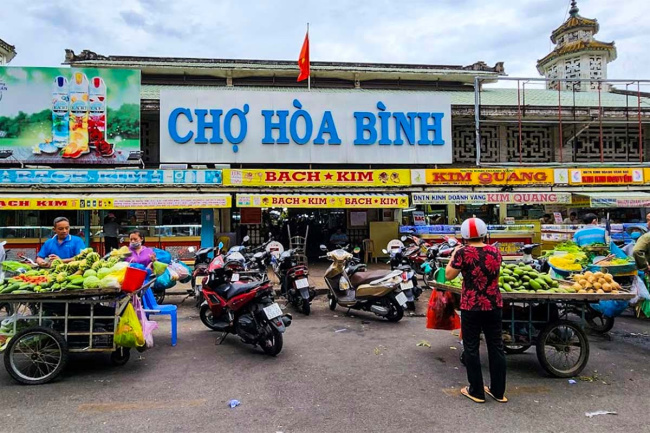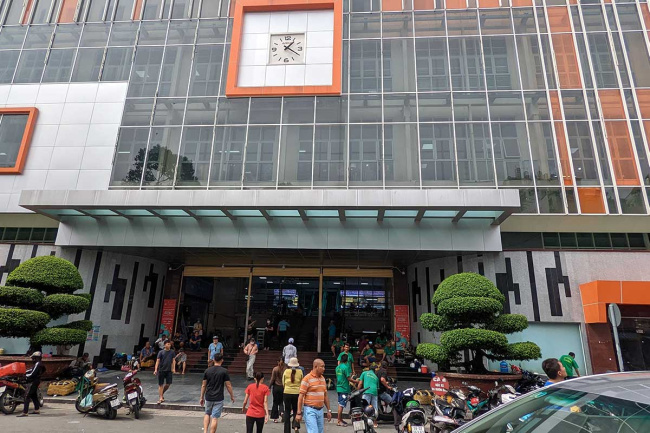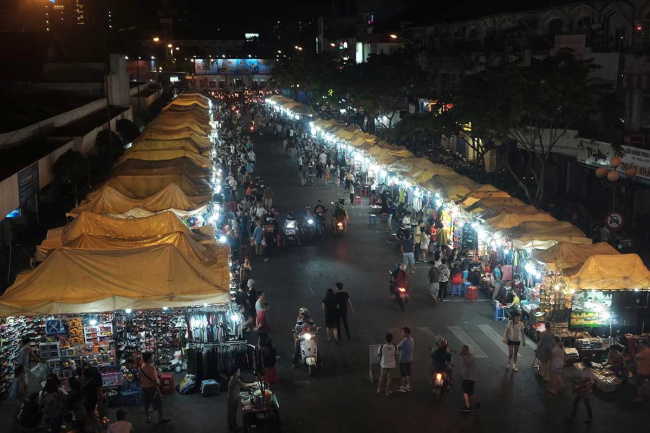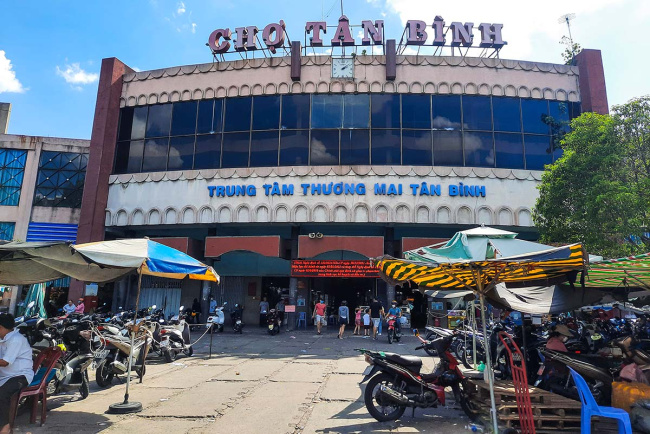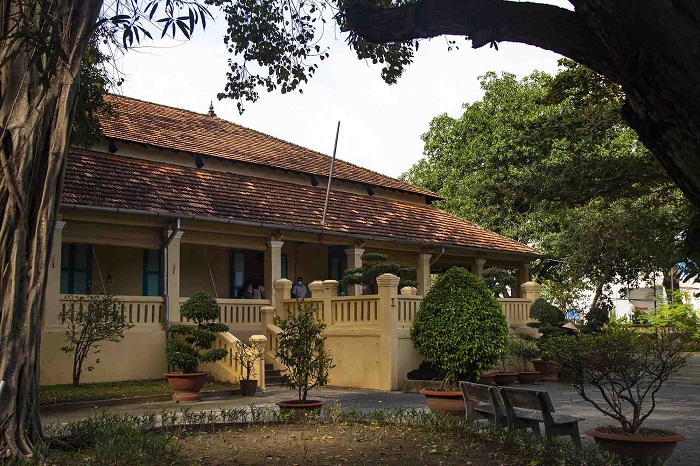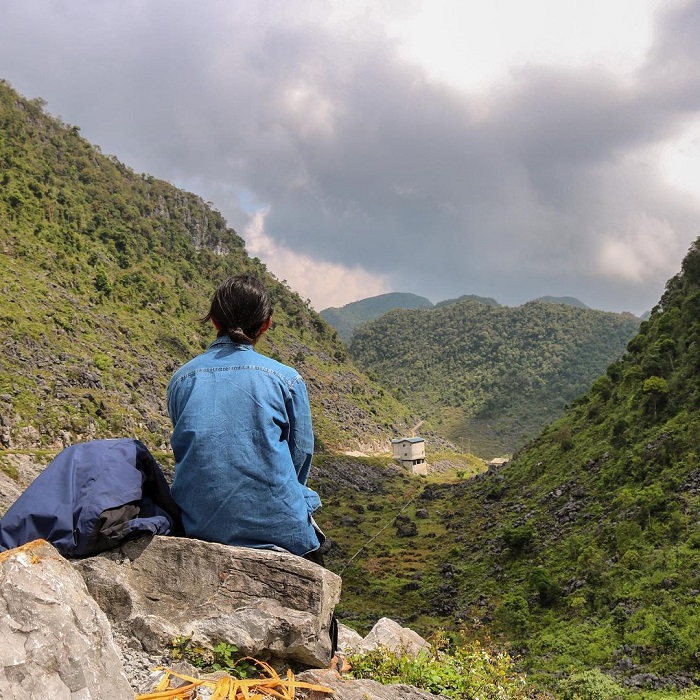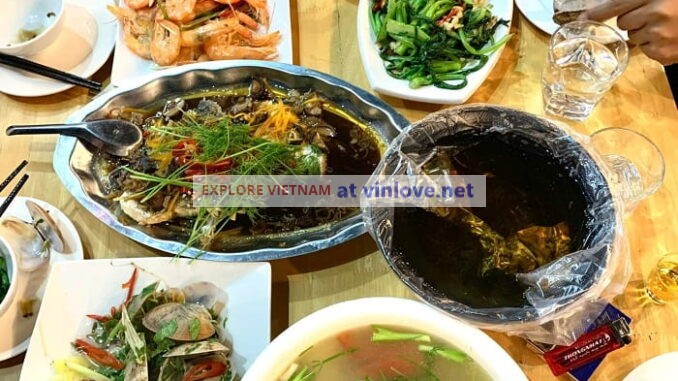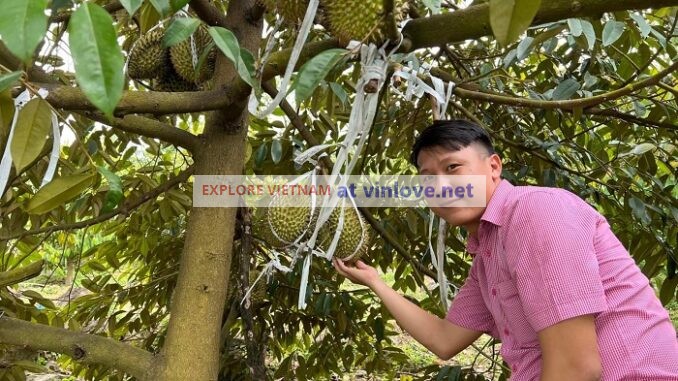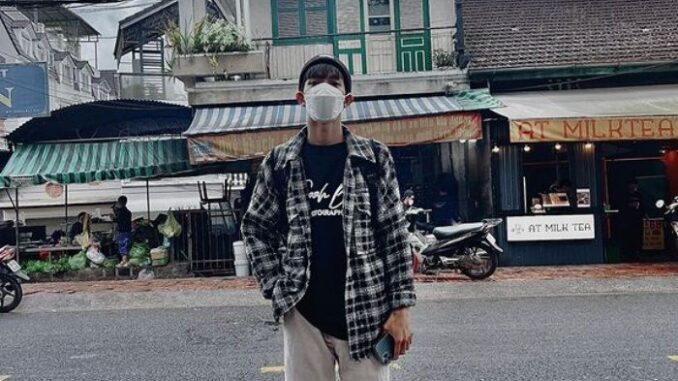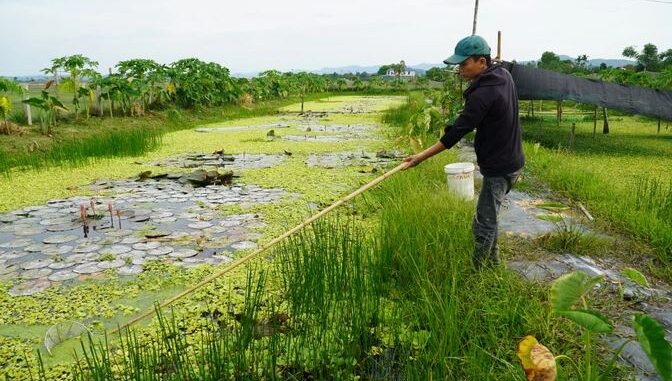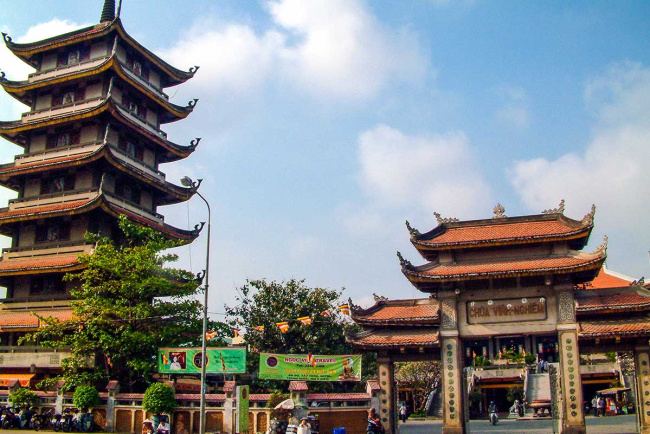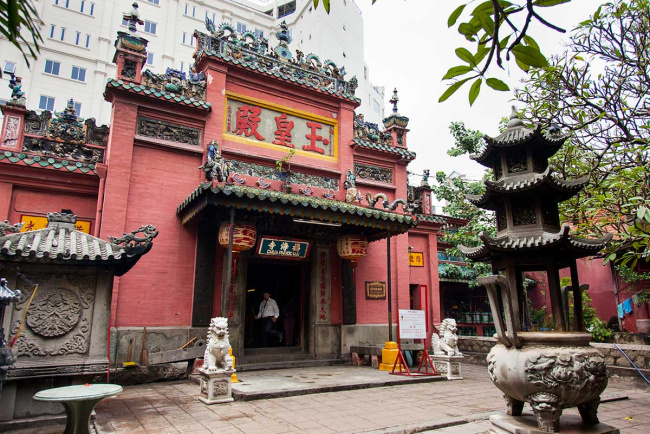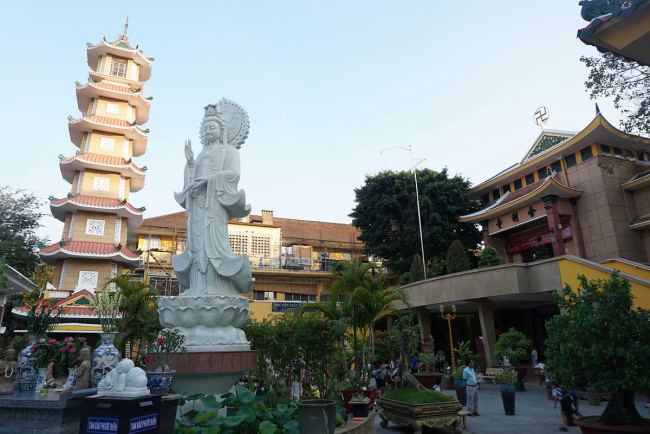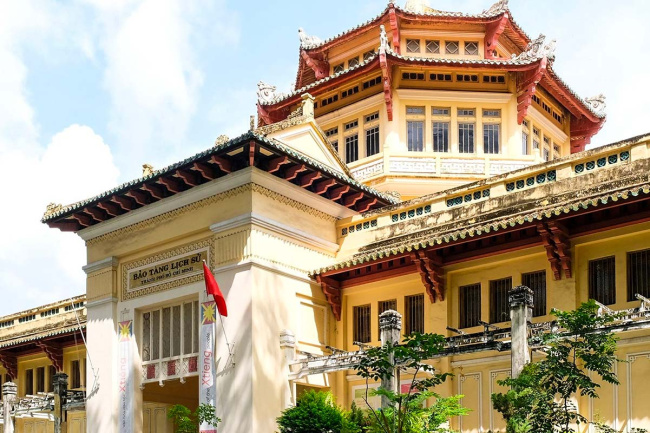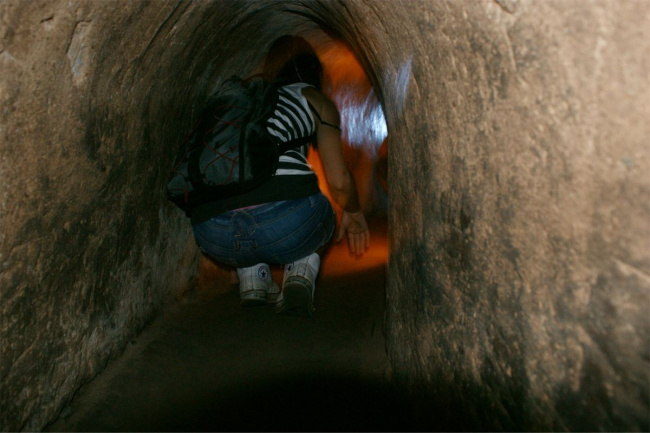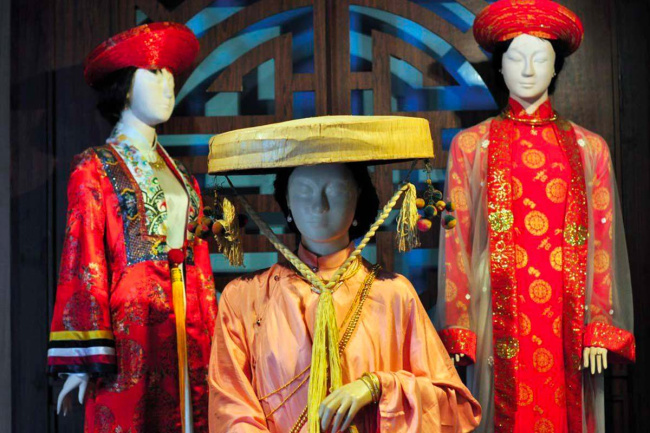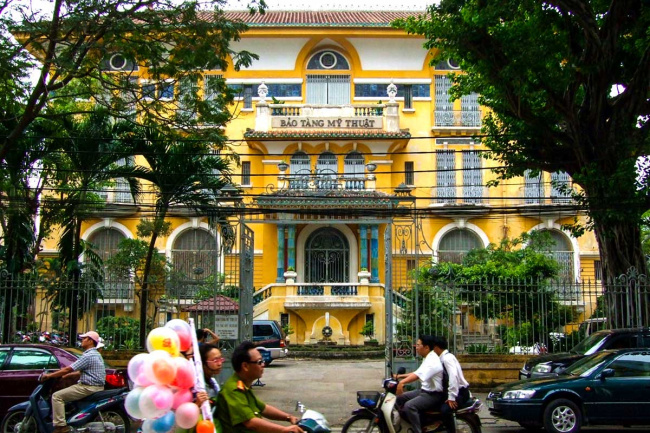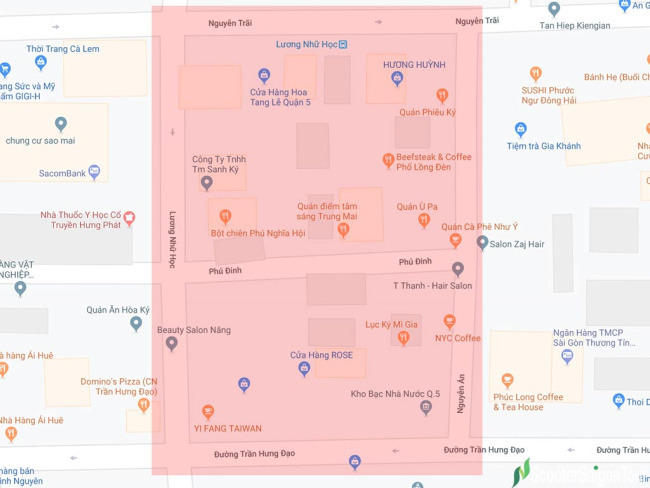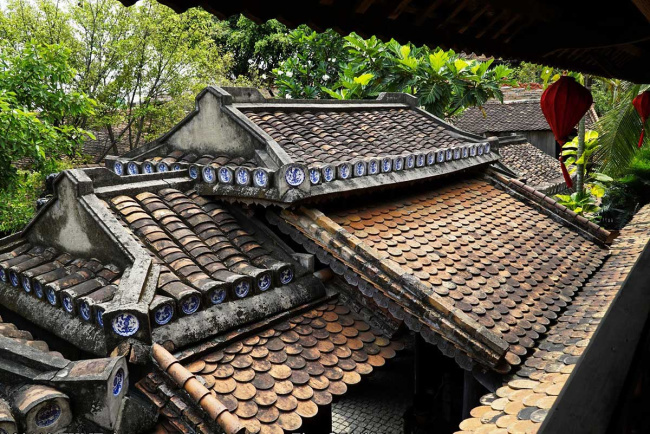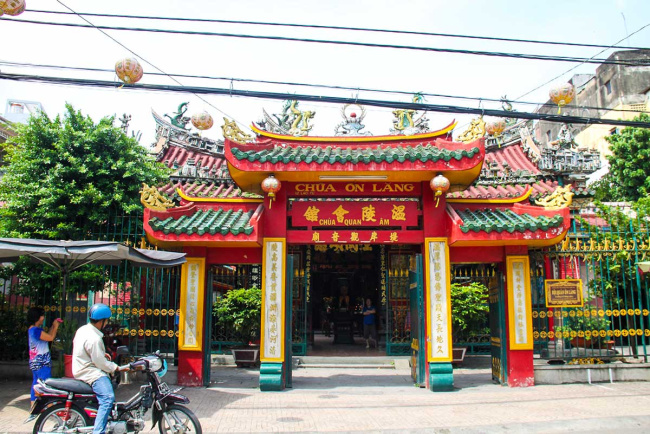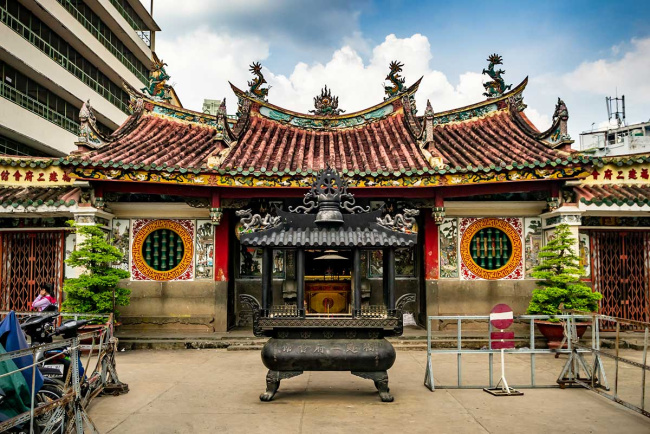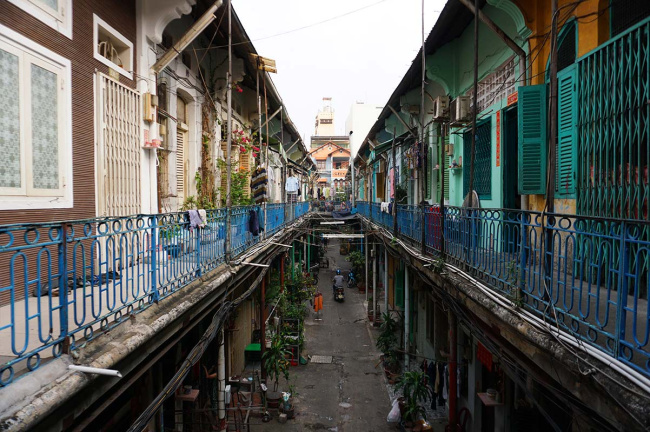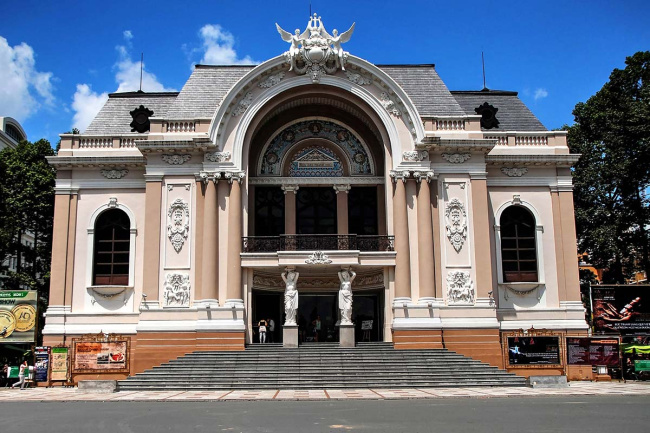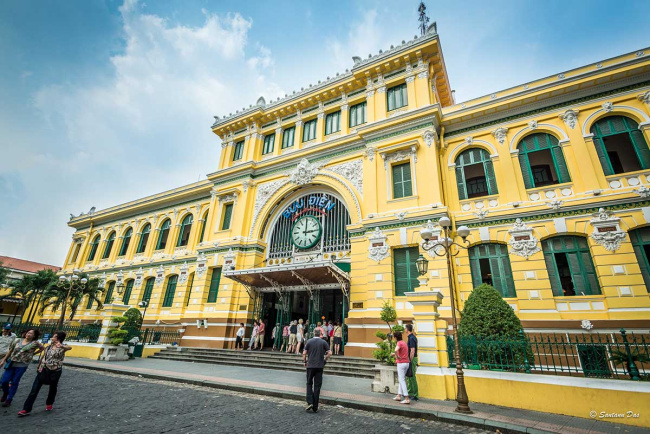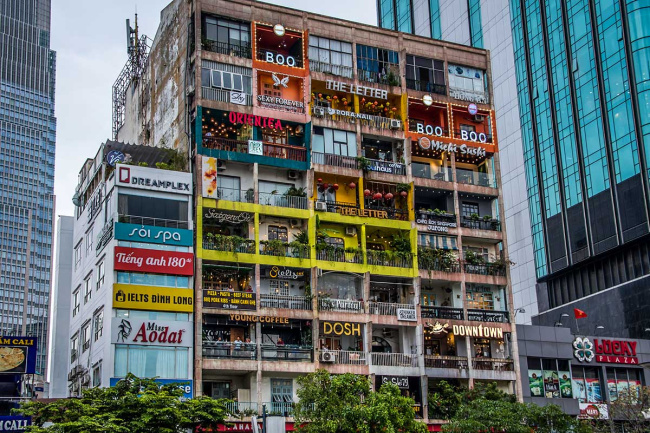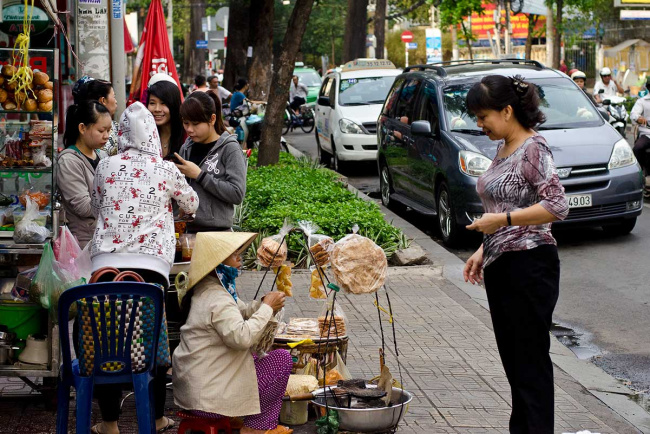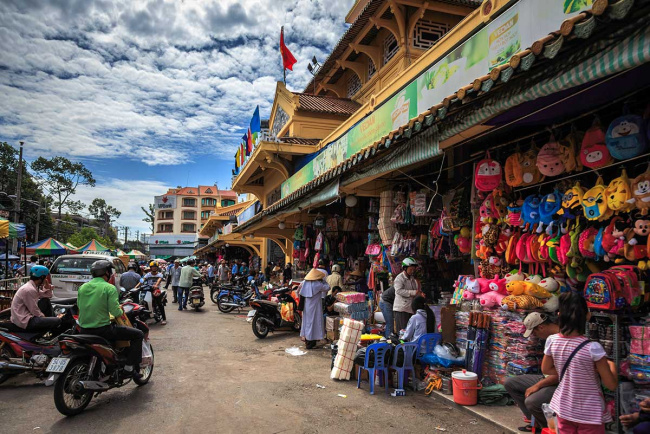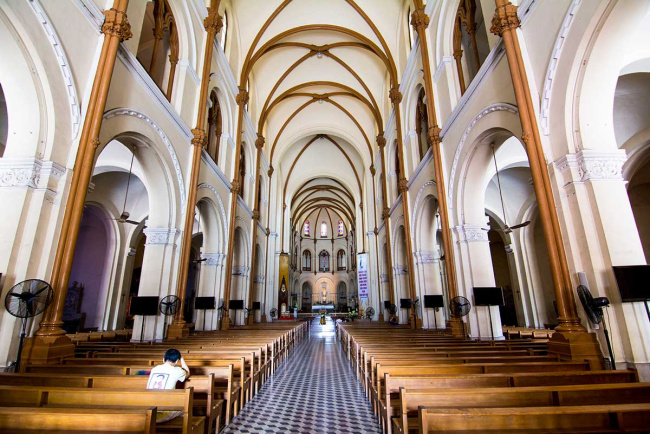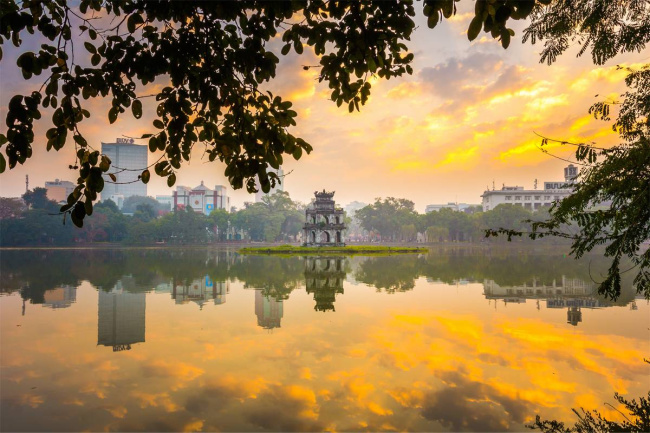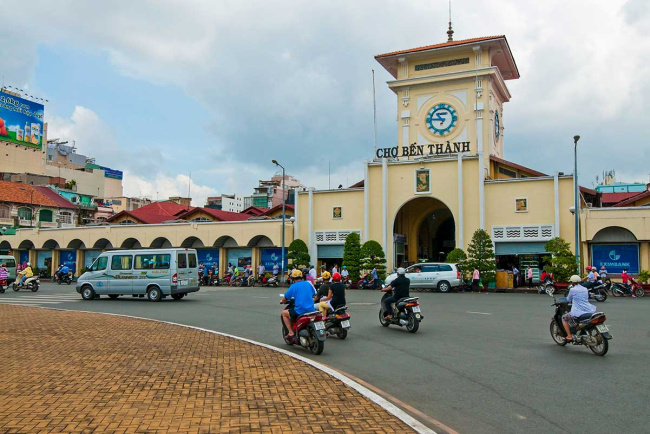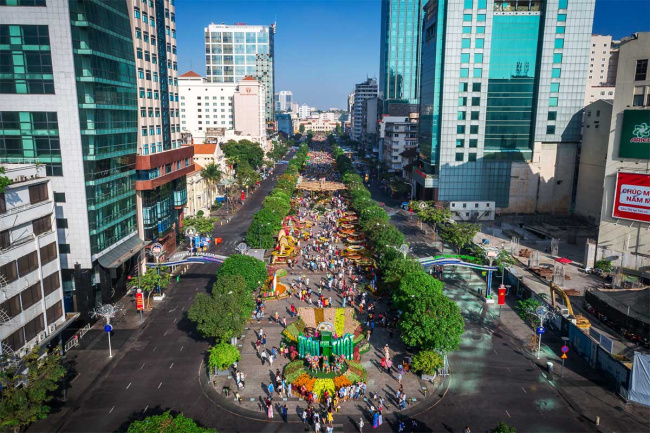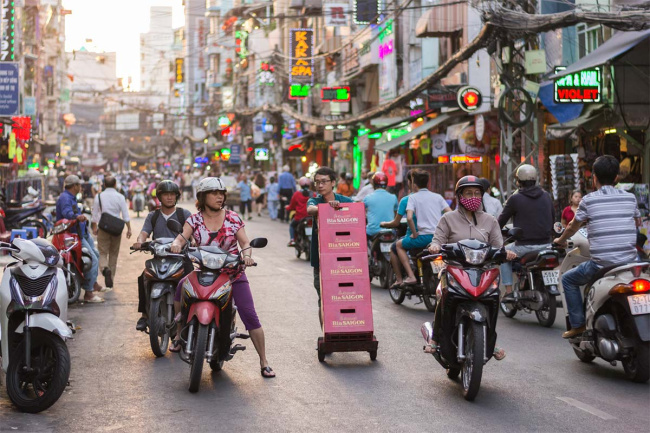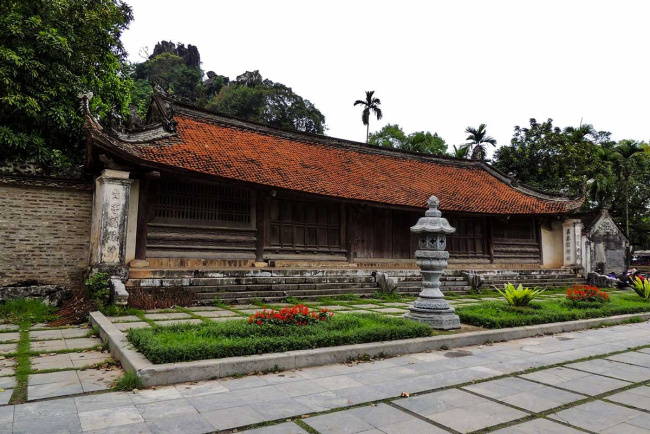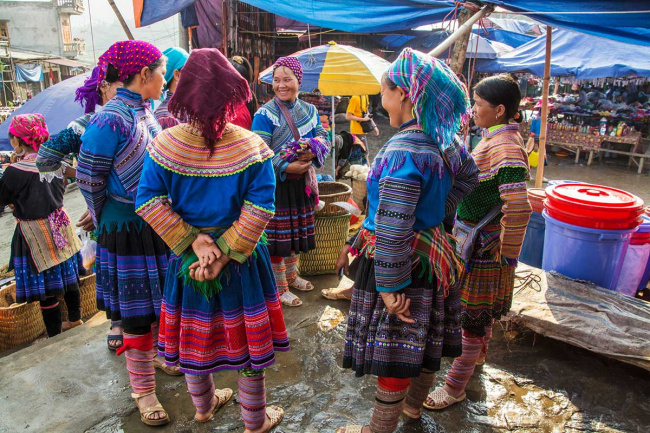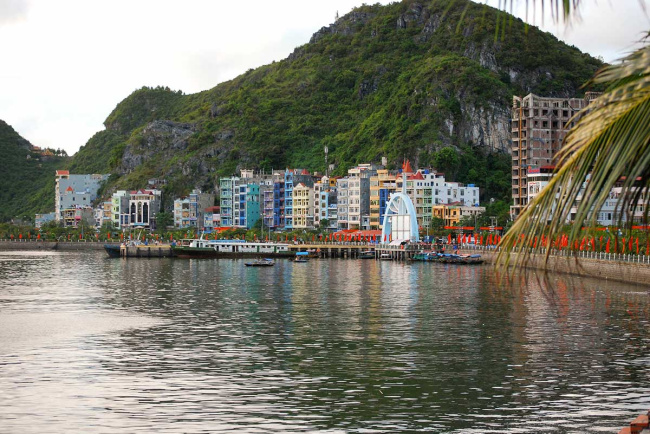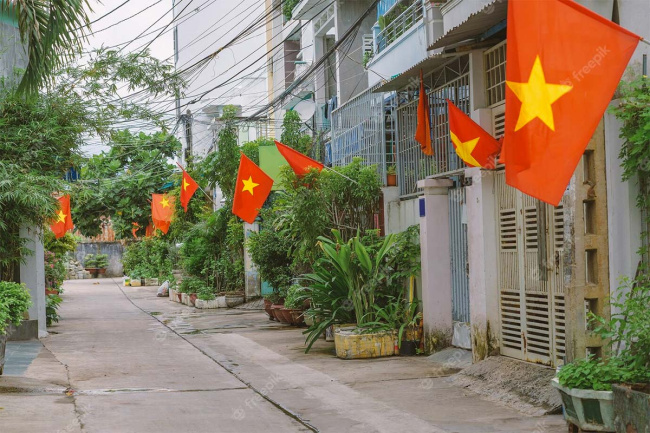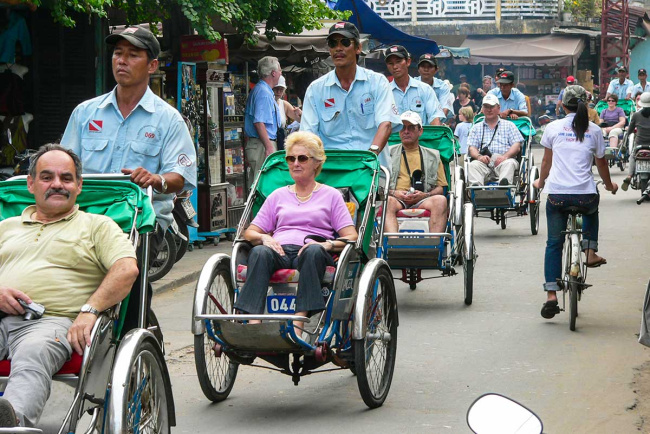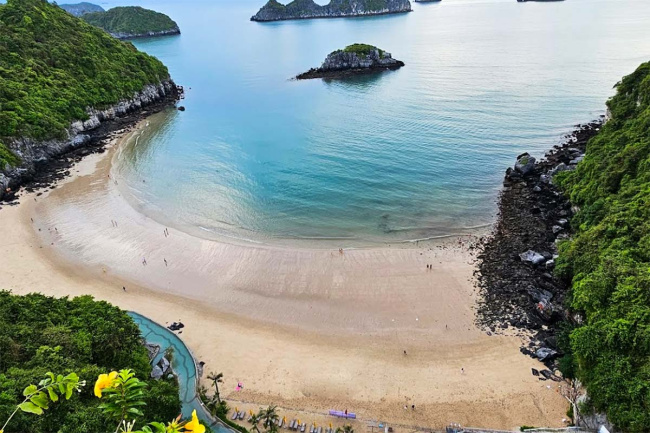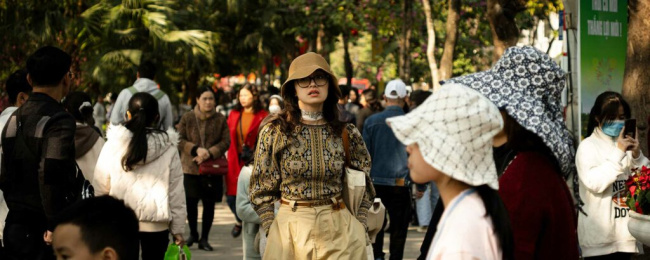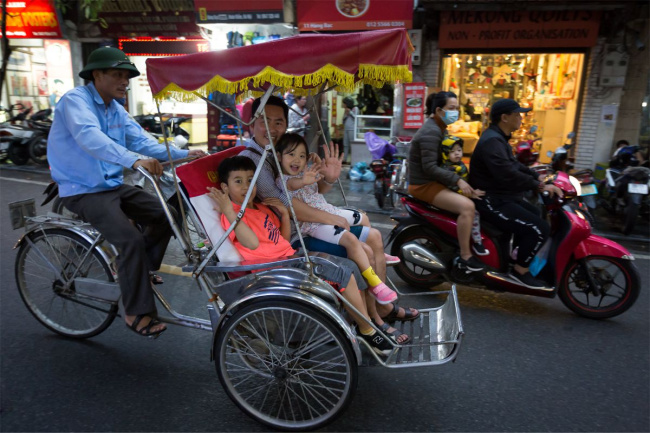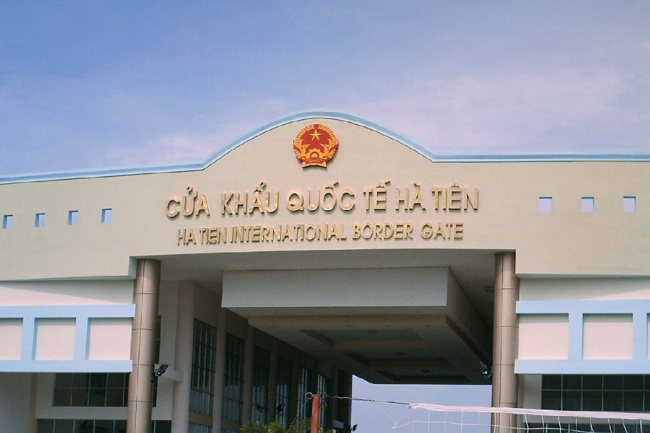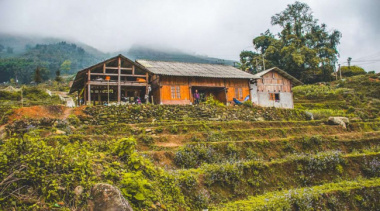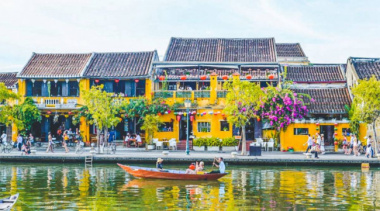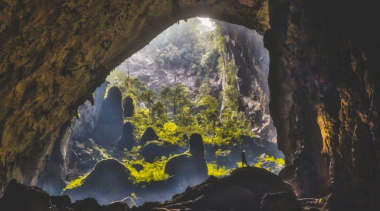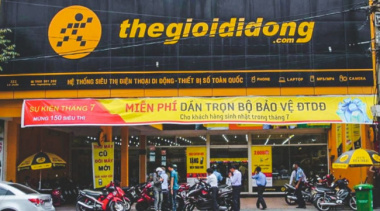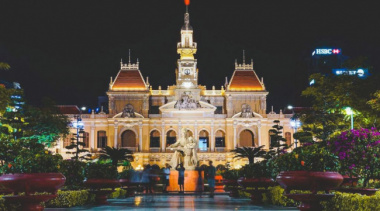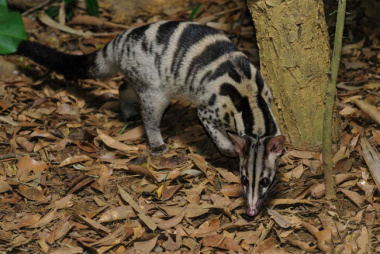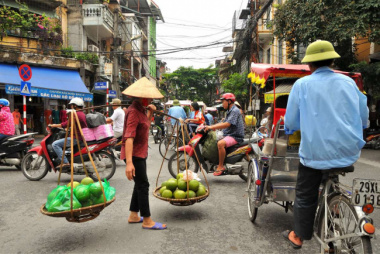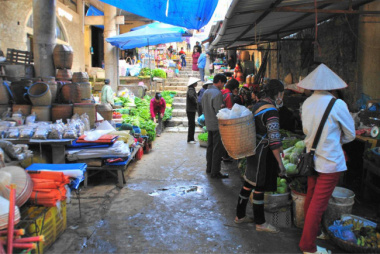Thien Hau Pagoda in Saigon – A Local Guide
Thien Hau Pagoda, located in Ho Chi Minh City’s Chinatown, is a captivating 200-year-old Chinese temple that holds immense historical and cultural significance. It stands as one of the oldest and most revered Chinese temples in Vietnam, attracting visitors with its stunning architectural features and rich spiritual atmosphere. Stepping inside Thien Hau Pagoda offers a unique opportunity to delve into the deep-rooted traditions and religious practices of the Chinese community in the country.
History & Legends
The pagoda is dedicated to Thien Hau Thanh Mau, believed to be born in Fujian, China, in 1044. Legends surround Thien Hau, portraying her as an exceptionally intelligent individual who attained enlightenment through ancient secret principles she discovered in books. She was known for her celestial observations, weather predictions, and her assistance to local fishermen in times of need.
One fateful day, Thien Hau sensed her father and two brothers were in peril at sea. While she sat weaving fabric beside her mother, her spirit ventured forth to rescue her loved ones. Tragically, she could only save her two brothers, as her father was swept away by the waves. This extraordinary act of bravery and her reputed miraculous abilities soon earned her the devotion of many fishermen, who turned to her for protection during their dangerous voyages.
In the 17th century, the Thien Hau Temple was constructed as a place of worship dedicated to Thien Hau Thanh Mau. This pagoda has since played a vital role in the cultural life of the Chinese community in Saigon, now Ho Chi Minh City. Its cultural significance is evident in the meticulously crafted sculptures, artifacts, and historical relics that are still carefully preserved within its sacred walls.
Highlights of the Thien Hau Pagoda
Stepping inside Thien Hau Pagoda, you are immediately struck by the serene atmosphere in this place. The attention to detail is evident in the imported materials used in its construction, including bricks, tiles, and ceramics from China. The pagoda follows a “seal” architectural style, featuring four interconnected halls that form a shape reminiscent of the Chinese characters for “mouth” or “nation.”
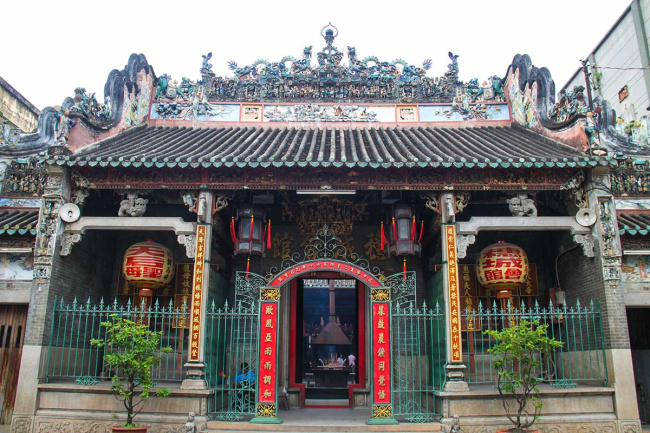
The entrance gate, adorned with intricate carvings and painted in a vibrant green hue, sets the tone for the visual splendor that awaits within.
The pagoda comprises three main sections: the Front Hall, the Central Hall, and the Back Hall. The Front Hall houses altars dedicated to Phuc Duc Chanh and Mon Quan Vuong Ta, while stelae and large paintings depict the legendary feats of Thien Hau.

In the Central Hall, you will find the beautiful “Phat Lan” set cast in 1886, flanked by an ancient palanquin and a gilded dragon boat.
The Back Hall, also known as the main hall, is where Thien Hau Thanh Mau, Kim Hoa Nuong, and Long Mau Nuong are revered. Thien Hau’s statue is enshrined in a black wooden frame, adding an air of mystery and holiness to the space.
One of the most captivating features of Thien Hau Pagoda is the unique incense rings that hang from the ceiling. These rings, adorned with colorful ribbons, allow incense and light to ascend towards the heavens.

Preparing incense and making wishes at Thien Hau Pagoda

Dedicated temple worker hanging incense from the ceiling

A mesmerizing sight of hanging incense sticks
The pagoda’s significance is further underscored by its collection of approximately 400 carefully curated antiques, including statues, steles, bells, incense burners, diaphragms, and embossed paintings. These artifacts showcase intricate details and delicate lines, representing the devotion and artistry of the Chinese community.
Visiting information
- Opening Times: Thien Hau Pagoda is open from 8:00 AM to 5:00 PM daily.
- Address: The pagoda is located at 710 Nguyen Trai Street, Ward 11, District 5, Ho Chi Minh City, Vietnam.
- Entrance Fee: There is no entrance fee to visit Thien Hau Pagoda.
Dress Code: It is recommended to dress modestly and respectfully when visiting temples, covering your shoulders and knees.
Thien Hau Pagoda is nestled in the vibrant heart of Chinatown, making it a perfect opportunity to explore this local area that is often overlooked by tourists. To reach the pagoda from District 1, you can take a taxi, which usually costs around 50,000 to 100,000 VND depending on traffic conditions. The distance between District 1 and Thien Hau Pagoda is approximately 5 kilometers.
Visiting Thien Hau Pagoda not only allows you to immerse yourself in its cultural and architectural wonders but also provides a unique chance to delve into the local charm of Chinatown, an area that remains relatively untouched by mass tourism. While in Chinatown, don’t miss the opportunity to explore other captivating sights such as Binh Tay Market, Cha Tam Church, and the vibrant streets lined with traditional Chinese shops and eateries.
Đăng bởi: Hiệp Nguyễn


